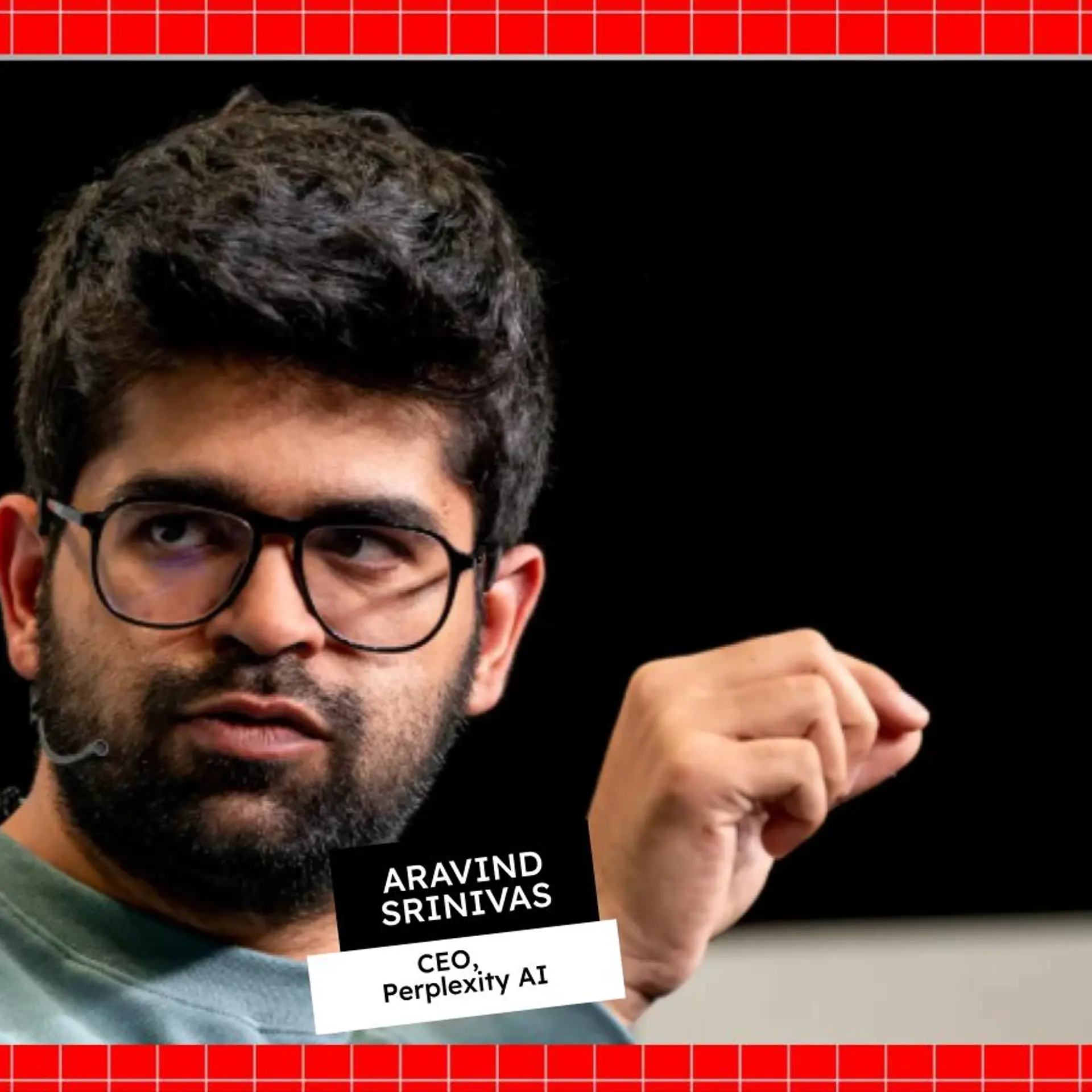Green the Gap: Turning One Man’s Trash into another Man’s Treasure

If out of curiosity you decided to trace the origins of the clothes you’re currently wearing, or that bag you’re currently carrying, where would you end up? Most likely, you’d find yourself in a field of cotton or flax, or perhaps, if you’re lucky, a silk farm, and you’d pass through various factories and warehouses on the way. But what if you were told that before you found your way back to the harvesting of the raw materials, you would pass through a food packaging plant or a tire factory, even a garbage dump?Let’s rewind a bit. In 2000, a group of young Delhi activists, led by Vimlendu Jha, initiated a campaign to raise environmental awareness on the deteriorating condition of the Yamuna River due to high pollution levels. In 2001, this group of activists registered as an NGO under the name Swechha – “one’s own free will” in Hindi – and continued actively promoting environmental consciousness and active citizenship, particularly among the youth. As Swechha proceeded to grow, Vimlendu took his passion one step further and created Green the Gap (GtG), a for profit manufacturer of clothing, home and office ware, and accessories, which now serves as a source of funding for his nonprofit NGO.

Now for the catch: setting Green the Gap apart from other clothing and accessories manufacturers is the fact that the materials for all of its goods come from recycled waste. GtG purchases waste in form of old tires, tetra packs, waste cloths, waste leathers, and other recyclable materials from ragpickers, factories, and garbage dumps. Once the waste is purchased, it’s taken to GtG’s in-house manufacturing facility.
Here, Green the Gap employs around 10 skilled tailors who left their low wage jobs at large factories to seek higher pay and better working conditions. A social enterprise through and through, Green the Gap places as much emphasis on providing quality working conditions for their workers as they do on cleaning up the environment. “We don’t even use the word ‘factory’ due to the connotations it draws,” stated Head of Operations, Shikha Dutt. “Instead, our space is called the ‘workshop.’”
In the workshop, waste materials are thoroughly cleaned and processed before they are ready to be made into new consumer goods. Once they are cleaned, the tailors transform this waste into everything from handbags and t-shirts to stationary and homeware. Green the Gap then sells these goods both wholesale and retail, giving new meaning to the saying, “one man’s trash is another man’s treasure.”
But in India, this cliche view of trash, though perhaps not meant to be taken so literally, seems to lack saliency. “Getting around the word ‘garbage’ has been one of our biggest challenges,” Shikha explained. “The idea of recycling is not so common in India. So part of our job is to make it more popular.”
Here becomes apparent the beauty of the symbiotic relationship between Swechha and Green the Gap. Swechha, an NGO focused on intangibles like active citizenship, puts on programs aimed at creating a more socially and environmentally conscious youth. Green the Gap’s product, based on the principles of reduce, reuse, recycle, appeals to the emerging environmental consciousness disseminated by Swechha and in turn the products sell more. Profits from the sale of these goods are then channeled back to Swechha, who uses the extra cash to fund more projects, and so continues the cycle.
This sort of hybrid model of social enterprise is gaining popularity, and provides an attractive avenue to create a sustainable social change. Green the Gap serves as textbook example of how this for-profit-non-profit relationship can be leveraged not only as a means of funding, but also as a way to maximize social impact. It attacks social issues on multiple fronts by simultaneously providing a sustainable solution to the waste pollution contaminating Indian cities, offering fair prices to rag pickers and waste markets for the recyclable waste, giving opportunity, high pay, and quality working conditions to disadvantaged workers, and then outsourcing additional social impact to Swechha, who receives GtG funding for youth and community programming.

Green the Gap is currently seeking Fairtrade certification to solidify its identity as a socially and environmentally responsible company. Its success thus far, however, affirms not only its just and eco-friendly practices, but also the quality of its product. You need not be disposed to hugging trees to enjoy what Green the Gap sells, and in a world full of self-interested individuals, it’s a wonderful thing when pursuing one’s self interest (like, for instance, purchasing a new bag from Green the Gap) has the potential to change the world.Want go green? Take a look at Green the Gap







